|
|
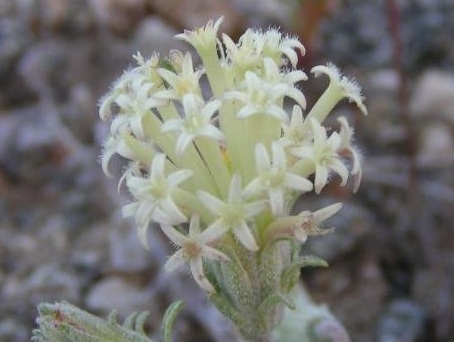
|
Mojave Pincushion
January/February
There are several species of Chaenactis native to the Death Valley area. In
fact, Mary DeDecker in her Flora of the Northern Mojave Desert,
California lists seven and statewide there are thirteen different
species of Chaenactis according to calflora.org. Mojave Pincushion, also known as Dusty Maidens
and Large-Flowered Pincushion, is fairly common throughout Inyo County. The
specimen shown here was photographed at 5000 feet along the top of the Slate
Range, just west of Death Valley National Park.
(Click here for more info!)
|
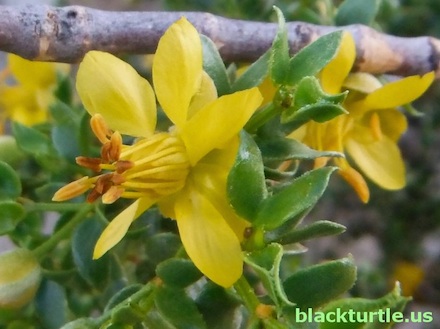
|
Creosote
March/April
A single creosote bush may live thirty to ninety years, but a clonal colony
which starts with a single bush may live thousands of years. In fact, the
oldest identified clonal colony, known as King Clone and located within the
Creosote Rings Preserve of Lucerne and Johnson Valley, is 11,700 years old.
There are plenty of creosotes throughout the Mojave Desert, including Death
Valley, as well as much of the desert southwest. They are so prevalent that
one of the most common plant communities found in the desert (Creosote
Bush Scrub Plant Community) is named after them.
(Click here for more info!)
|

|
Bastardsage
May/June
Bastardsage is an actual name for an actual plant, but you can call
it by its formal (scientific) name if you want to: Eriogonum wrightii. That said,
it is interesting that so many plants have unusual names. I'm aware of all sorts
of interesting plants with interesting names such as blue dicks, pussypaws,
broomrape, tidy tips, lousewort, pussytoes, and now bastardsage. However, there
are a few I can't mention which would be crossing current lines of decency.
(Click here for more info!)
|

|
Fireweed
July/August
This plant produces some beautiful flowers and rather interesting seed pods.
It's a fairly common plant throughout the Northern Hemisphere. It can be used
to make jelly or tea and it is often used to reseed forest areas after a fire.
In fact, it got its name since it is one of the first plants to repopulate an
area following a fire. Although this plant is also known by the common name
rosebay willowherb, it has been reclassified a couple times and now has
Chamaenerion angustifolium as its scientific name. Fireweed belongs to
the Onagraceae (Evening Primrose Family).
(Click here for more info!)
|

|
Penstemon rostriflorus
September/October
The common names for this plant are Bridges' Penstemon and Beaked Penstemon.
It's found throughout the southwestern states and is particularly common
in Tulare County and in the Sierra Nevada range in general, growing at
elevations between 5000 and 11,000 feet. The flowers angle downwards to
accommodate hummingbirds and to discourage bees. In fact, while filming
this video I encountered quite a few hummingbirds. They seem to really
like hanging out around patches of this plant.
(Click here for more info!)
|

|
Pussy Willow
November/December
Salix discolor is commonly known as pussy willow, especially during the spring when
it produces catkins. During their early stages of development, male catkins look
like little cats.
While the native range of Salix discolor spreads across
Canada and the northeastern states of the USA, the species of willow most
prevalent in the southerwestern states of the USA is Salix exigua, otherwise
known as sandbar willow, narrowleaf willow, or coyote willow. It produces catkins
which are similar to those of Salix discolor and so the name pussy willow could
reasonably be extended to it also. The willows shown in this video are all
Salix exigua, growing in the southern Sierra Nevada range.
(Click here for more info!)
|
|
| |
|

blackturtle.us
PLANT
BLOG
BLOG INDEX
ASSOCIATED SITES:
Trona News
Rusky Ed
Any Place Education
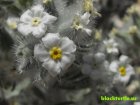



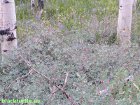

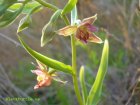

|

















